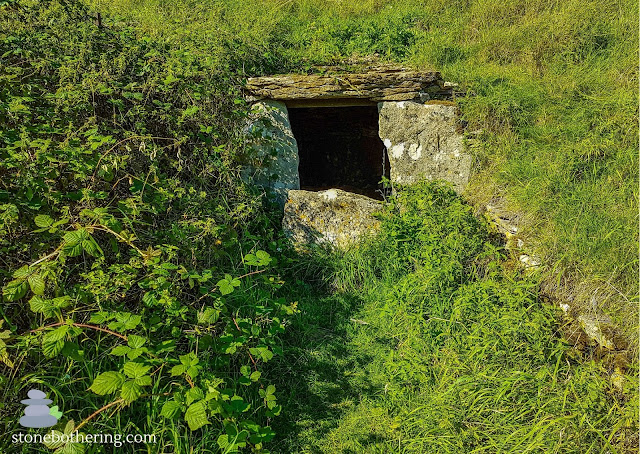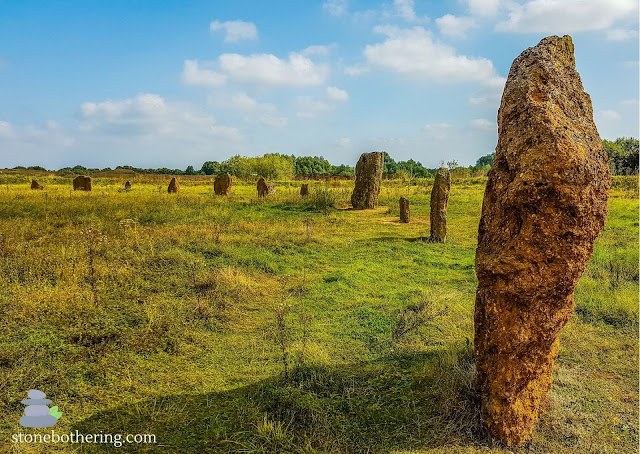Preservation or Exploitation? The Dark Side of Heavily Restored Ancient Sites in Peru
Peru is a land of rich history, brimming with ancient civilizations that left behind monumental structures like Machu Picchu, Sacsayhuamán, and the Nazca Lines. These sites attract millions of visitors from around the globe each year, drawn by the allure of a civilization long gone but whose legacy remains. The dramatic beauty of these ancient ruins is breathtaking, but beneath the surface of these so-called "heavily restored" sites lies a complex and often troubling truth: a dark side to the preservation efforts that many tourists may not see.
The Restoration Dilemma: Balancing Preservation and Authenticity
In an effort to maintain these sites for future generations, Peru has invested heavily in their restoration. While some of these efforts are necessary to protect fragile structures from natural decay, they often involve significant alterations to the original sites. The aim is to create a vision of these ancient structures that may not entirely reflect their original state.
One of the more troubling aspects of the restoration efforts is the degree of intervention required to "improve" and maintain these sites. It’s not just about fixing a crumbling wall or replacing a missing stone; it's about making the ruins appear more intact than they ever were. This often means adding new stones, using modern materials, or even removing centuries of natural patina. The consequences? Some sites may begin to feel more like curated exhibits than ancient, sacred spaces.
Heavily Restored Sites Across Peru
1. Huaca Pucllana (Lima)
One of the most heavily restored archaeological sites in Peru, Huaca Pucllana is an adobe pyramid built by the Lima culture around 500 AD. The site has undergone extensive restoration, particularly during the late 20th century, which involved recreating large sections of the pyramid and buildings that were originally constructed from mudbrick. While these efforts have helped preserve the site and made it more accessible, critics argue that the restorations have gone too far, significantly altering the original form and aesthetics of the structure. Additionally, the site has been enclosed by a modern visitor center, which some feel obscures the historical and spiritual significance of Huaca Pucllana.
2. Chan Chan (La Libertad Region)
The ancient city of Chan Chan, once the capital of the Chimu civilization, is another example of an extensively restored site. Located in northern Peru, Chan Chan’s adobe walls, intricate carvings, and expansive layout have been partially rebuilt over the years to protect them from erosion and weathering. Though the site remains an important archaeological and cultural landmark, some critics worry that extensive reconstructions and repairs—often using modern materials—dilute the authenticity of the original Moche and Chimu craftsmanship. These interventions, while preserving the site from further decay, raise questions about the accuracy of the reconstructions and whether the ancient city can still reflect its true historical context.
3. Chavín de Huántar (Ancash Region)
A UNESCO World Heritage Site, Chavín de Huántar was a major religious and cultural center of the Chavín civilization around 1000 BCE. Extensive restoration efforts began in the 1940s and have continued into the present day. Many of the site's temples and structures have been rebuilt, and new drainage systems have been added to protect the site from environmental damage. Though the restoration work helps protect the site from erosion and earthquakes, some archaeologists argue that the reconstruction of key elements risks erasing valuable archaeological evidence, potentially distorting our understanding of the Chavín civilization’s complex history.
4. Sacsayhuamán (Cusco)
The massive stone fortress of Sacsayhuamán, located near Cusco, is another example of Incan engineering that has been heavily restored. While much of the site's large stones remain in their original positions, many sections have undergone significant reconstruction. The Spanish colonial period caused severe damage to the site, and subsequent restoration efforts have focused on stabilizing the remaining structures. However, modern interventions—such as replacing and repositioning stones—have sparked concerns that Sacsayhuamán's original form has been compromised. The extent of these alterations has led to debates over the fine line between preservation and the loss of authenticity.
5. Túcume (Lambayeque Region)
Túcume, known as the "Valley of Pyramids," is a large archaeological complex that once served as the center of the Lambayeque culture between 1000 and 1500 AD. The site features more than 20 pyramids, many of which have been extensively restored. Restoration efforts have focused on cleaning and stabilizing the mudbrick structures, which had been severely eroded by time. Though these efforts have made the site more accessible to visitors, critics argue that the scale of reconstruction has altered the original look and feel of the pyramids, leading to questions about whether Túcume retains its authenticity.
6. Nazca Lines (Nazca Desert)
While not a typical "site" in terms of buildings, the Nazca Lines are another example of a heavily restored cultural monument. These enormous geoglyphs, etched into the desert floor, depict animals, plants, and geometric shapes that are believed to date back to between 500 BCE and 500 AD. Though the lines themselves are mostly intact, restoration efforts have been focused on preserving them from the effects of erosion, particularly due to increasing tourism and modern development. Some critics argue that building viewing platforms and installing protective fencing around the lines may alter their original significance and detract from their pristine, otherworldly nature.
7. Ollantaytambo (Cusco Region)
Located in the Sacred Valley, Ollantaytambo is an iconic Incan archaeological site known for its terraces, temples, and fortifications. Restoration work at the site has been ongoing for decades, particularly in reinforcing the walls and restoring sections of the terraces. While these efforts have made the site safer for tourists and helped stabilize the structure, some argue that the extensive reconstruction changes the original appearance of Ollantaytambo, raising concerns about whether it still reflects the true legacy of Inca engineering and culture.
8. Machu Picchu (Cusco Region)
While the restoration of this UNESCO World Heritage site has helped it stand the test of time, it has also sparked debate over how much of the site's true authenticity has been compromised. Certain sections have been reconstructed in ways that may not accurately represent their ancient form. Though these efforts might seem well-intentioned, there is a risk that we are losing the essence of the original architecture in the name of preserving it.
The Economic and Environmental Cost of Tourism
Tourism is a double-edged sword. While it’s essential for the local economy, it can also be incredibly damaging to these ancient sites. The influx of tourists often leads to overcrowding, which accelerates the degradation of the structures. The constant foot traffic can wear down stonework, cause erosion, and even disrupt the surrounding ecosystems. Moreover, tourism encourages the kind of large-scale restoration projects that may not always be in the best interest of the ruins themselves but serve more to make the site more commercially viable.
The environmental toll on the landscape surrounding these ancient sites is also significant. Trails become overused, trash accumulates, and the surrounding flora and fauna can be disrupted. In some cases, local communities and indigenous groups are forced to deal with the negative consequences of tourism without reaping the full benefits of the industry.
The Loss of Cultural Significance
Perhaps the most tragic aspect of heavily restored ancient sites is the potential loss of cultural significance. When restoration efforts prioritize aesthetics and accessibility over authenticity, the spiritual and cultural meaning of these sites can be diluted or entirely erased. Many of these ancient ruins were not just architectural feats—they were sacred spaces that held deep spiritual and cultural significance for the people who built them.
In their quest to "improve" these sites for modern visitors, we risk severing the connection between the ancient and the contemporary. Restorations often overlook the intangible cultural practices and beliefs that surrounded these ruins. For indigenous communities in Peru, this means that their historical and spiritual ties to the land are often ignored in favor of creating an experience that’s easier for tourists to consume.
The Road Ahead: Rethinking Restoration and Tourism
The future of Peru’s ancient sites depends on finding a delicate balance between preservation and authenticity. Restoration should not always mean reconstruction, and efforts should be made to protect the integrity of these sacred spaces. Local communities and indigenous groups should play a more prominent role in decisions regarding restoration and tourism practices. After all, these sites belong to them, and they are the ones who are most intimately connected with the land and its history.
At the same time, tourists must also acknowledge that these sites are not just Instagram backdrops—they are living monuments to ancient cultures. Respecting the history, culture, and environmental context of these ruins is just as important as preserving their physical structure.
Ultimately, the dark side of heavily restored ancient sites in Peru is a cautionary tale about the risks of prioritizing aesthetics, tourism, and profit over authenticity, cultural heritage, and long-term sustainability. As we continue to explore and learn from these sites, let’s remember the importance of preserving their true essence—before it’s lost forever.
© All rights reserved
.jpg)
.jpg)
.jpg)
.jpg)

